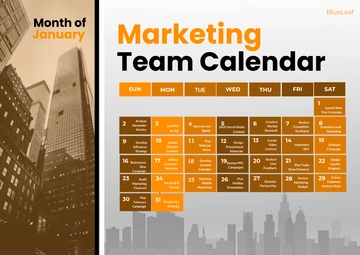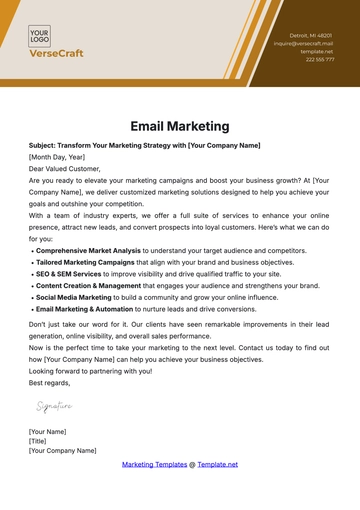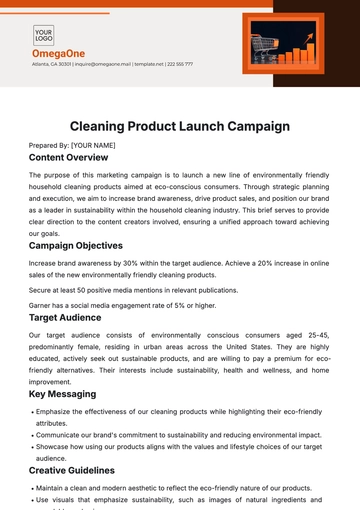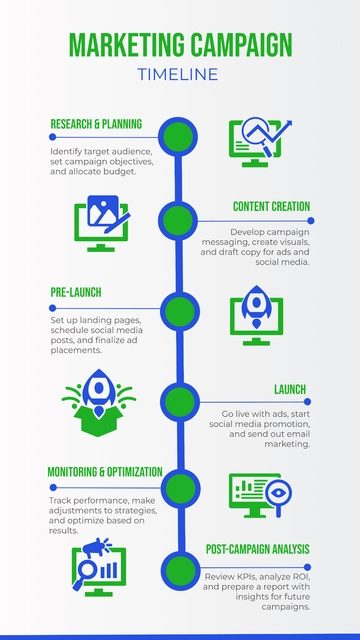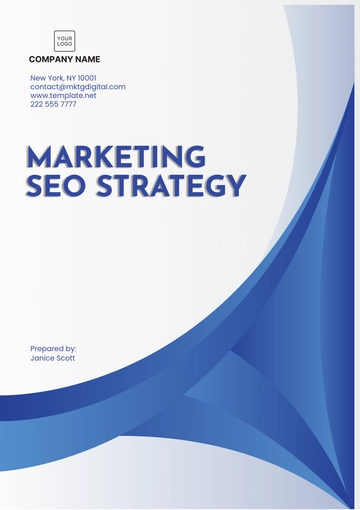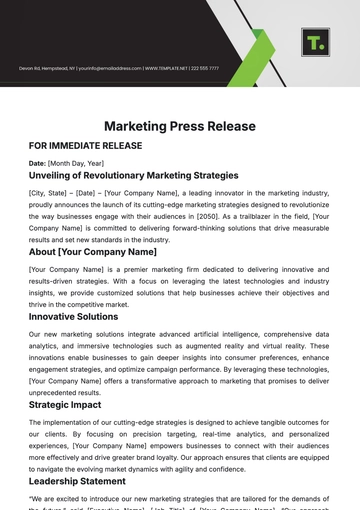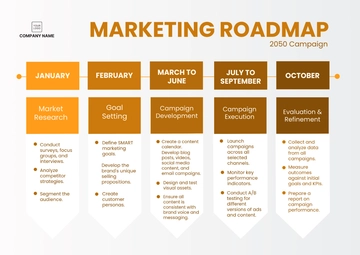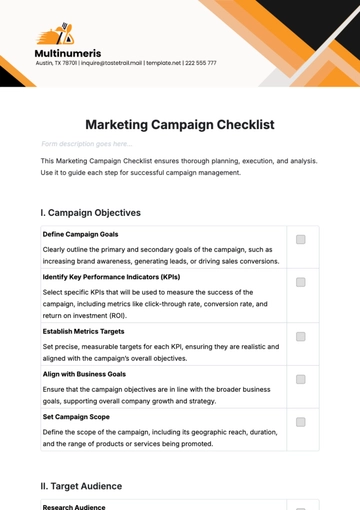Free Marketing Content Curation Protocol
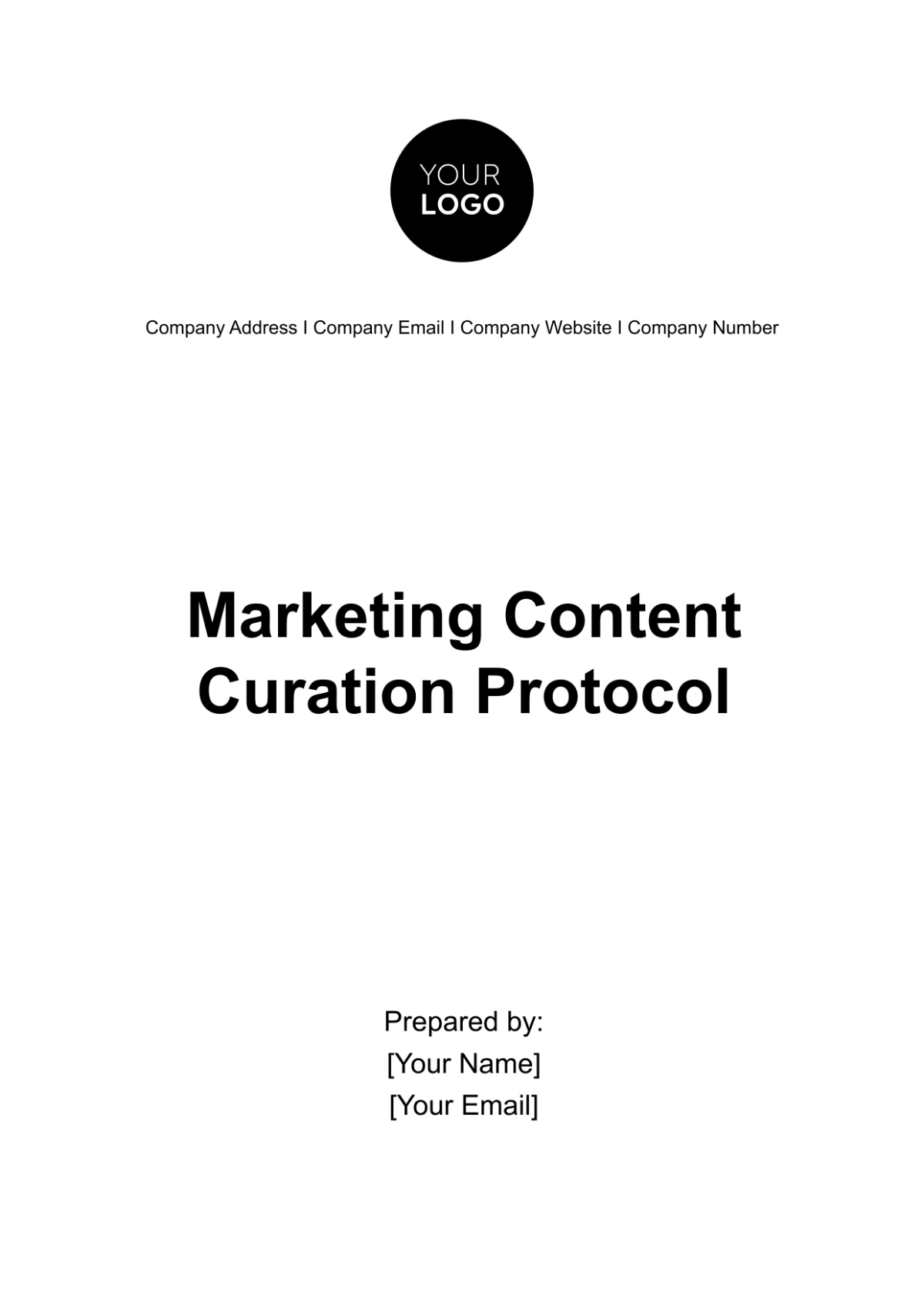
I. Purpose and Objectives
The purpose and objectives of a Marketing Content Curation Protocol are to systematically curate and share high-quality content from diverse sources that align with the organization's marketing goals. This includes establishing a consistent brand voice, engaging the target audience, and establishing industry authority. By curating content effectively, the protocol aims to enhance brand awareness, build trust with the audience, drive website traffic, and ultimately contribute to the achievement of broader marketing objectives, such as lead generation, customer retention, and revenue growth.
II. Roles and Responsibilities
In the realm of Marketing Content Curation, defining roles and responsibilities is paramount to ensure a seamless and accountable process. The table below provides a concise breakdown of the key roles within your content curation team and their respective responsibilities. By establishing these roles, your organization can maintain efficiency, consistency, and effectiveness in the content curation process, ultimately driving towards the accomplishment of your marketing objectives. Explore this table to understand each role's vital contributions in curating and disseminating valuable content to your target audience.
Role | Responsibilities |
Content Curators |
|
Editors |
|
Approvers |
|
Content Distributors |
|
Performance Analysts |
|
Legal and Compliance Experts |
|
Documentation and Training |
|
III. Content Sources
Identifying and harnessing diverse and reliable content sources is a pivotal element in successful Marketing Content Curation. Content can be sourced from a multitude of channels, platforms, and publications to provide fresh and engaging material for your target audience.
Here are common types of content sources that organizations often utilize for their content curation efforts:
|
|
Remember to choose sources that align with your target audience's interests and preferences, and always attribute and respect copyright and fair use guidelines when curating content from external sources.
IV. Target Audience
Defining a precise target audience is the cornerstone of effective content curation. Your target audience comprises the individuals or groups most likely to engage with and benefit from your curated content. To pinpoint this audience:
|
V. Content Selection Criteria
To ensure that your curated content aligns with your marketing objectives and resonates with your target audience, it's essential to establish clear content selection criteria. These criteria serve as guidelines for evaluating and choosing content to include in your curation efforts. Here are common content selection criteria:
|
|
VI. Content Curation Tools
The choice of tools depends on your specific content curation needs, team size, and workflow. Combining the right mix of these tools can significantly enhance the efficiency and effectiveness of your content curation efforts. Here are some essential content curation tools:
|
|
VII. Curation Workflow
VIII. Content Attribution and Copyright
When curating content, it's imperative to adhere to copyright laws and provide proper attribution to original creators. Here are key considerations:
Copyright Awareness: Understand copyright laws in your jurisdiction and internationally. Respect the rights of content creators, including authors, photographers, and artists.
Public Domain: Check if the content is in the public domain or under a Creative Commons license, which may allow reuse with specific conditions.
Original Sources: Always attribute the original source clearly, including the author's name, publication date, and the source URL. This gives credit to the creator.
Fair Use: Familiarize yourself with fair use guidelines, which permit limited use of copyrighted material without permission for purposes like commentary, criticism, or news reporting.
Licensed Content: If using licensed content, ensure compliance with the terms and conditions of the license agreement.
Permission: Seek explicit permission from content creators or copyright holders if you intend to use their work in a manner that falls outside fair use or licensing agreements.
Publicly Available: Content that is publicly available on the internet is not necessarily free from copyright. Always verify the rights and permissions associated with online content.
Attribution Consistency: Maintain a consistent format for attributions across your curated content to establish trust and professionalism.
Track Record: Keep records of permissions, attributions, and licensing agreements for legal documentation and reference.
Legal Counsel: When in doubt or dealing with complex copyright issues, consult with legal experts or intellectual property professionals for guidance.
IX. Content Distribution Strategy
X. Performance Metrics and Reporting
Within this section, we explore the pivotal domain of performance metrics and reporting as it pertains to content curation. The accompanying bar graph visually portrays the monthly engagement rates spanning the past year. These metrics serve as a compass, guiding us towards a deeper understanding of how well our content curation endeavors have resonated with our audience, facilitating data-driven decision-making and strategy refinement.
In conclusion, the insights gathered from our performance metrics and the trends showcased in the bar graph empower us to continually enhance our content curation strategy, ensuring it aligns with our goals and audience preferences.
- 100% Customizable, free editor
- Access 1 Million+ Templates, photo’s & graphics
- Download or share as a template
- Click and replace photos, graphics, text, backgrounds
- Resize, crop, AI write & more
- Access advanced editor
Discover the ultimate Marketing Content Curation Protocol Template on Template.net. Crafted for efficiency, it's fully editable and customizable to suit your needs. Seamlessly tailor your marketing strategies with ease using our AI Editor Tool. Unlock limitless possibilities and elevate your content curation game effortlessly.
You may also like
- Marketing Google Slide
- Marketing Letter
- Marketing Quotation
- Marketing Report
- Marketing Strategic Plan
- Marketing Plan
- Marketing Proposal
- Marketing Flyer
- Marketing Presentation
- Real Estate Marketing Plan
- Marketing Contract
- Marketing Agreement
- Marketing Resume
- Marketing Checklist
- Marketing Brochure
- Marketing Banner
- Marketing Schedule
- Marketing Vector
- Marketing Logo
- Marketing Chart
- Marketing Campaign Plan
- Marketing Budget
- Marketing Postcard
- Marketing Poster
- Marketing Facebook Post
- Marketing Instagram Post
- Marketing Newsletter
- Marketing Infographic

